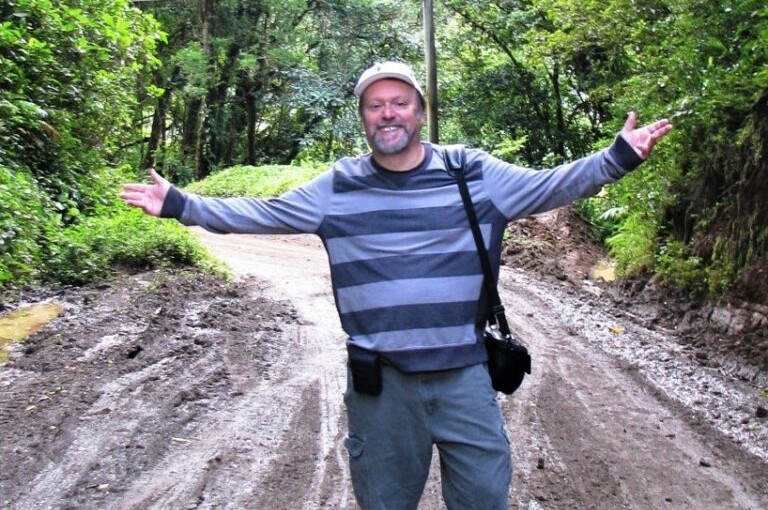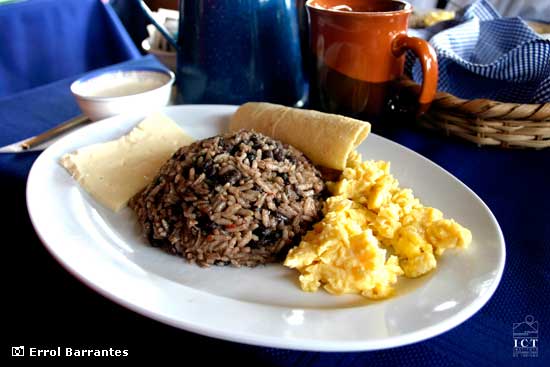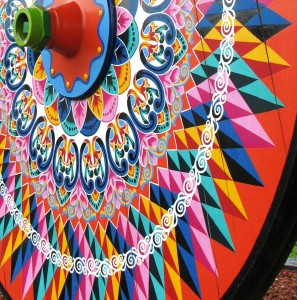A lot of folks don’t really understand exactly what it is we do, as a “Tour Operator” specializing in Costa Rica.
So I just want to just share a tour operators point of view, and offer some general information about the pros of working with a tour operator.
Are you a Travel Agent?
We offer our services for FREE. A reputable tour operator does not charge a fee, or mark up from what you pay for your trip.
You work with a tour operator because of our knowledge and expertise of the destination.
The most important part of a tour operator’s job is listening.
We know what things should cost. We aren’t fooled by Fake “Sales”
Contrary to popular belief, we also don’t have a vested interest in what you buy.
Commissions in our industry are pretty consistent. We are like stockbrokers. We get paid the same if you book a great hotel, or a dump. So we usually don’t have a financial interest in putting you in a particular hotel. But in the Internet age, our reputation is everything. So my interest is in giving you the best experience possible. Good experiences drive referrals and repeat business to our in box.
You have one person, that is making sure everything is work together and smoothly
No one wants to talk about this part of our industry. With the recent poor economy, many hotels experienced huge difficulties. The problem is that they built when the economy boomed, and overextended themselves. A couple of the major players out there are now owned by the banks. Others just went out of business. They could not keep the ship afloat in the poor economy. Some of them, were folks we worked with on a regular basis. We are not going to send your funds to someone that is not going to be there. When we see the warning signs, we adjust accordingly. It is an unpleasant part of the job. Especially if it is someone that we really like. But someone needs to be paying attention to this kind of thing. I am spending my customer’s money, and I have to be diligent.

 It is a typical morning in Costa Rica, and my lovely bride is craving a “Tipical” breakfast.
It is a typical morning in Costa Rica, and my lovely bride is craving a “Tipical” breakfast. The town of Sarchi has become well known as the home of that colorful symbol of Costa Rica, the painted ox cart. Yes, miniature versions have become popular as mini bars purchased by tourists to ship home. But the history of the ox cart is much more interesting, and they have played a very important part in the economic development of this country.
The town of Sarchi has become well known as the home of that colorful symbol of Costa Rica, the painted ox cart. Yes, miniature versions have become popular as mini bars purchased by tourists to ship home. But the history of the ox cart is much more interesting, and they have played a very important part in the economic development of this country.